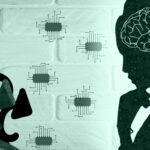
Practical Applications for Cognitive Strategies in the College Classroom
While there has been considerable interest in cognitive science in education, limited numbers of educators are using this information to inform teaching and learning. That’s according to Weinstein et al. (2018), who identify six effective cognitive learning strategies: spaced or distributed practice, interleaving, retrieval practice,










